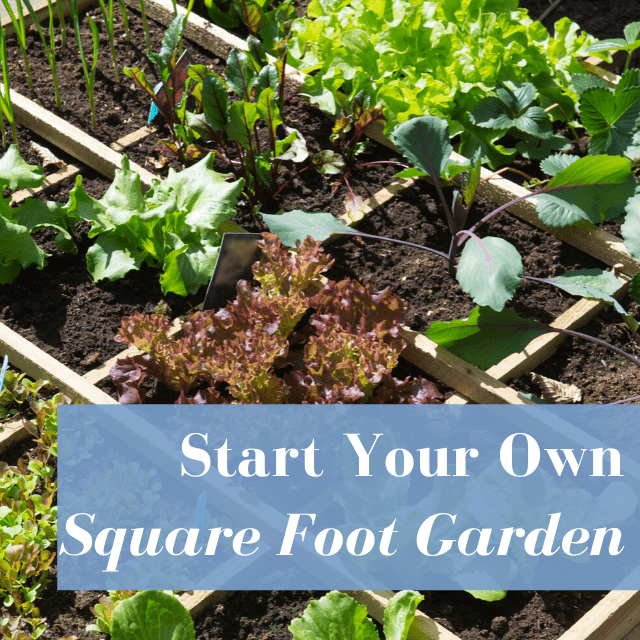Table of Contents (Quickly Jump To Information)
Ever heard of Apple Cider Molasses?
Whether you have or haven’t, you’re in for a treat, because apple cider molasses is a sugar-substitute that’s healthy, all-natural, and you can make it right in your kitchen, even if you live in the tiniest apartment.
(This recipe is adapted from A Cabin Full Of Food by Marie Beausoleil. Find this incredible book on Amazon by clicking here.)
That’s a lot of fanfare, but it’s justified.
Apple cider molasses is a very old recipe, older than the United States, but during the Colonial era, it was used as an alternative for sugar, honey, and molasses, and could be relied on when other sugar substitutes had failed.
People could make it at home with apples they grew in their backyards, and when the prices of sugar soared or became scarce, people knew they could turn to good ol’ apples to save the day.
It was used both as a substance sweetener and as a sort of apple cider concentrate to which you could easily add water, the result of which would yield in a refreshing and stunning drink.
Apple cider molasses was stored in a cool and dry environment such as a root cellar, and had the ability to last far longer than regular cider.
It also doesn’t go “hard” or develop any alcoholic features, and was a way to preserve the harvest in a useful and relatively shelf-stable way.
Great! So how do I make apple cider molasses?
I’m glad you asked! The process of making boiled apple cider, although it might be a tad time-consuming, is super simple and easy to complete.
In a nutshell, to make apple cider molasses, you’ll be boiling down apple cider (not juice) until it turns into a thick syrup, the consistency of sugar molasses. The resulting molasses will be about 1/7th of the amount of cider you start with.
I’ve made cider molasses with both pasteurized and unpasteurized apple cider, and both worked equally well.
When I make cider molasses, I start with a gallon of cider – so you’ll need a large pot like this one to accommodate it all. A gallon of cider will reduce to about 2 cups of cider molasses.
It will take quite a while for the cider to boil down – anywhere from 3-7 hours. You want it to boil, but not be so hot that it scorches.
You will have to play with the heat on your stove a bit, since every stove is different. When the cider thickens, you will want to stir constantly so it doesn’t get stuck to the bottom of your pot and scorch.
But at the end, you will be left with a thick syrup.
You should be looking to get something with a really thick and gooey texture; just like it is for regular molasses. When completed, you’ll notice that if you insert a spoon, the molasses will stick well to it, leaving it coated.
As it cools, it will thicken, but not harden. You can use it in place of sugar molasses, honey, or sugar.
I’ve successfully replaced 1 cup of the above ingredients with 1 cup of the cider molasses, but you will have to play with it a bit in your favorite recipes. Just bear in mind that the cider molasses will (surprise, surprise) taste a bit like apples.
How to store apple cider molasses
The safest way to store a bowl of apple cider molasses is to refrigerate it. Once you do that you’ll notice that it might become solid. Don’t worry, you can just warm it up a bit in order to serve it and drizzle it over whatever you want to eat it with.
Apple cider molasses is made completely from apple cider, no added sugar or preservatives. It’s naturally acidic, so you don’t need any extra additives in order to preserve it. I’ve been able to store it on my shelf for a while without it going bad, but my official recommendation is to refrigerate it.
Making apple cider molasses CAN take a lot of time, but if you have a free Sunday afternoon, the end result is VERY worth it!
I’d like to hear from you!
Have you ever tried apple cider molasses? Leave a comment below!
Maat van Uitert is a backyard chicken and sustainable living expert. She is also the author of Chickens: Naturally Raising A Sustainable Flock, which was a best seller in it’s Amazon category. Maat has been featured on NBC, CBS, AOL Finance, Community Chickens, the Huffington Post, Chickens magazine, Backyard Poultry, and Countryside Magazine. She lives on her farm in Southeast Missouri with her husband, two children, and about a million chickens and ducks. You can follow Maat on Facebook here and Instagram here.









Haven’t tryed or heard of it..but will be trying this for sure!
How about making it in a crockpot?
I’ve never made it in a crock pot, but I don’t see any reason you couldn’t. You’re just reducing the amount of liquid until it’s 1/7th of the original volume. Try it on low, and just keep an eye on it to see how long it takes to reduce the liquid and make sure it doesn’t accidentally burn.
Does the cider need to be clear? I’m making my own from fresh apples and I am wondering if I need to strain it first …
No, it doesn’t. I never strain it. It wouldn’t hurt, though.